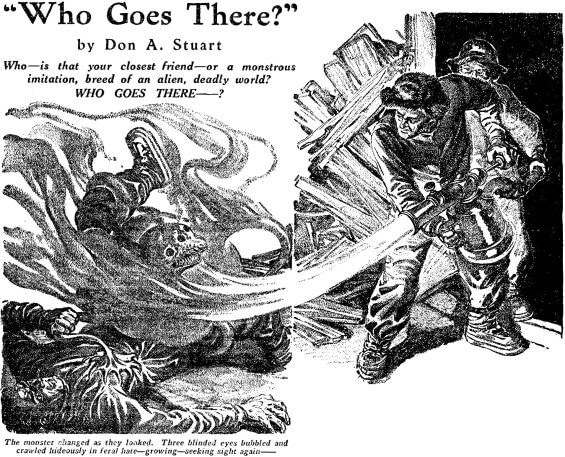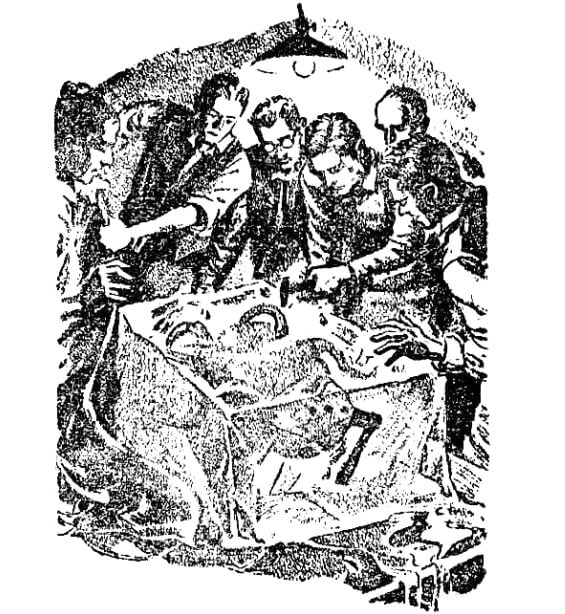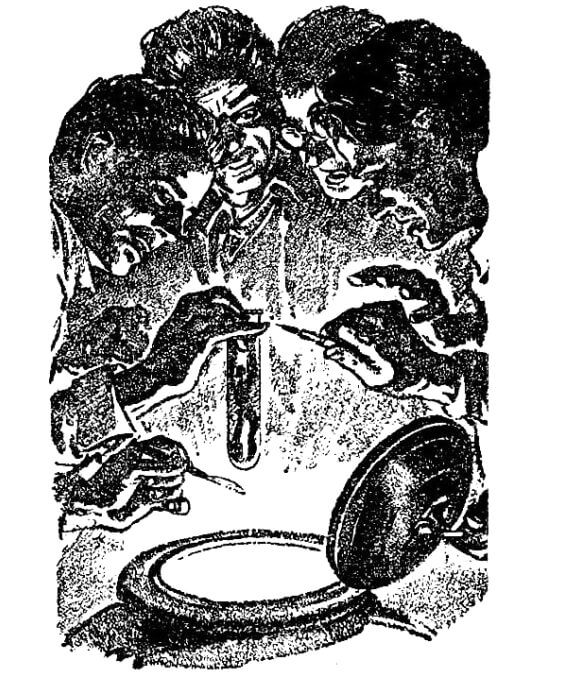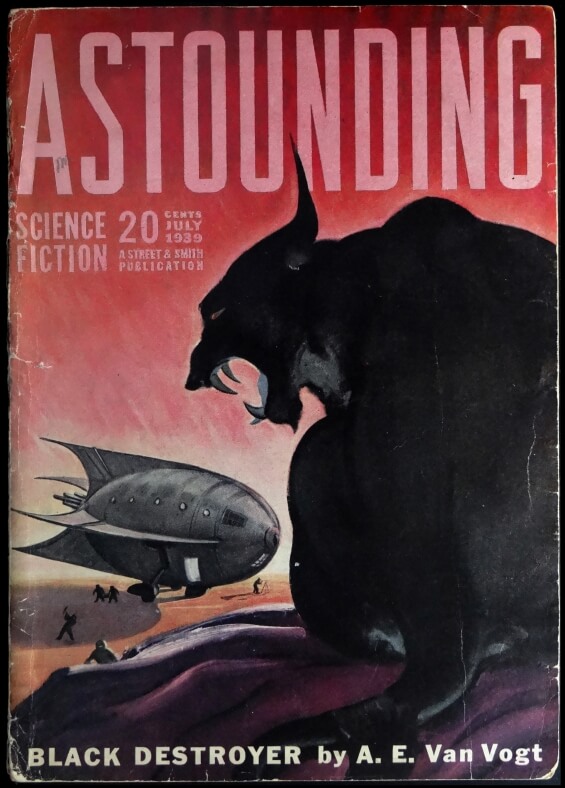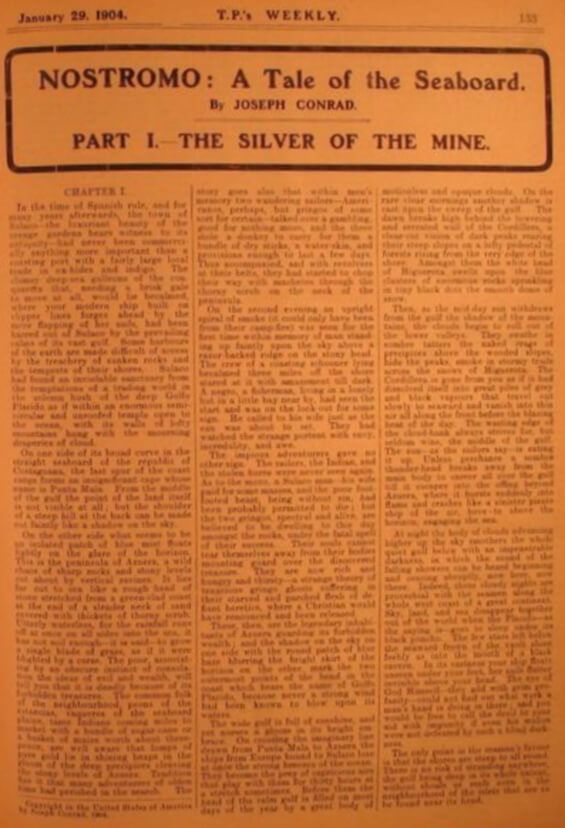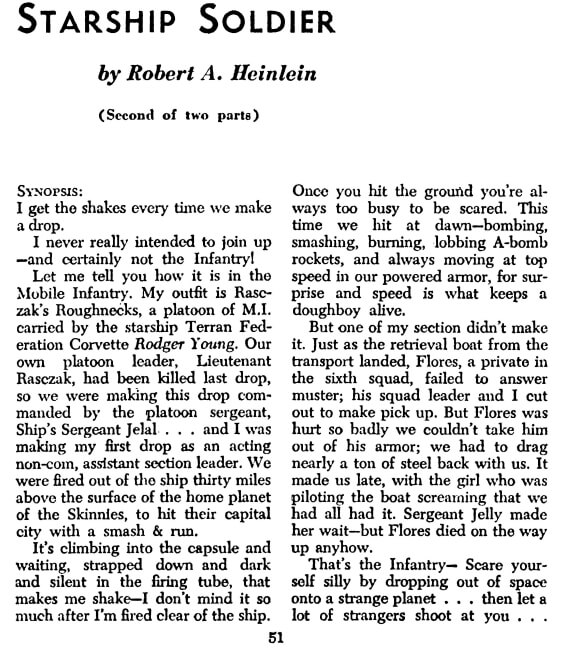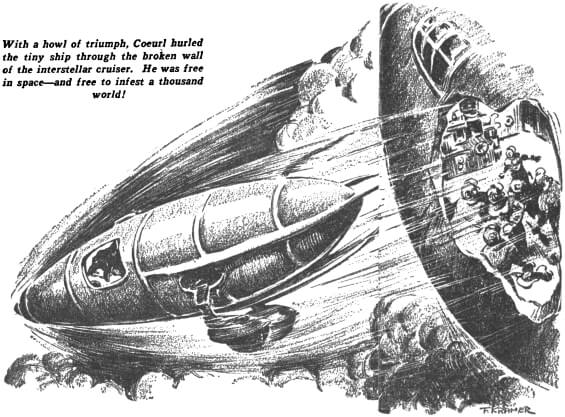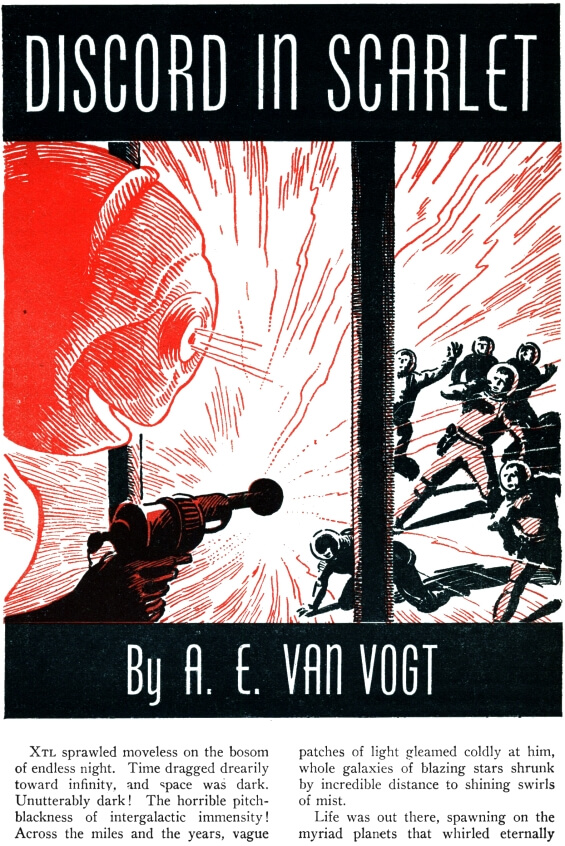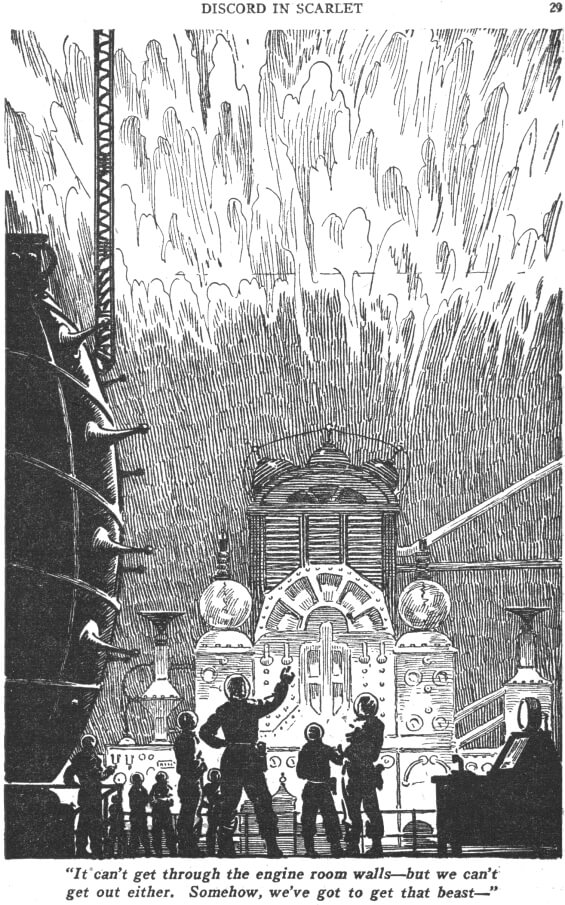
Where did helicopter parenting come from? Maybe from the same deep fearful psychological roots as Ray Bradbury’s 1952 short story THE PLAYGROUND.
 This Ray Bradbury Vanishing Point adaptation of The Playground is one of Ray Bradbury’s rarest radio dramas! Not available in any of the Archive.org listings, missing from all the other usual sites around the web, I finally tracked down one old archived link and here it is:
This Ray Bradbury Vanishing Point adaptation of The Playground is one of Ray Bradbury’s rarest radio dramas! Not available in any of the Archive.org listings, missing from all the other usual sites around the web, I finally tracked down one old archived link and here it is:
|MP3|
Dramatized by Martin Lager
Cast: Roger Dunn, Elva Mai Hoover, Tom Butler, Chance Drury, Keram Malicki-Sanchez, Brian Stittle, Danny Higham
This episode was supposedly broadcast on CBC Radio on November 2, 1984 – but that may not be correct.
Funny thing, I would have suspected this episode didn’t actually exist except for the facts that I had heard it and actually have a copy. Yet, even more strangely it is possible it may never have been broadcast* despite the fact that the end of the preceding episode of Vanishing Point mentions “The Playground” by “Ray Bradbury” will be broadcast “next week”.
This is a really, really rare modern audio drama folks!
For those who’d like to add some details to the various archives around the web here’s the front, back, and inside covers for the 1994 Listening Library commercial release giving the episode’s credits. This last is the only place I’ve found The Playground‘s credits:



Here’s the art from the first magazine publication in Esquire, October 1953:

And here’s The Ray Bradbury Theater TV adaptation, starring William Shatner:
Posted by Jesse Willis
*even the commercial released cassette version above doesn’t have any end of episode credits!


